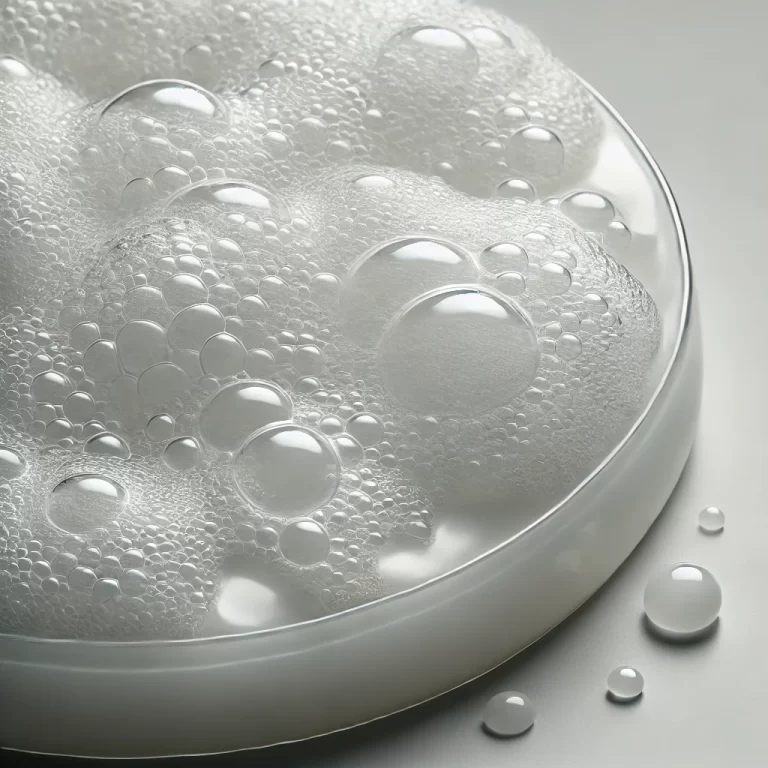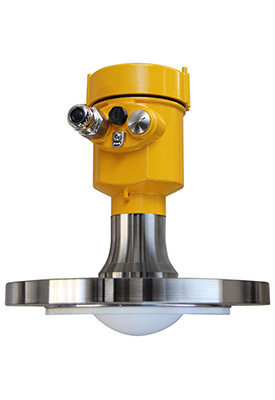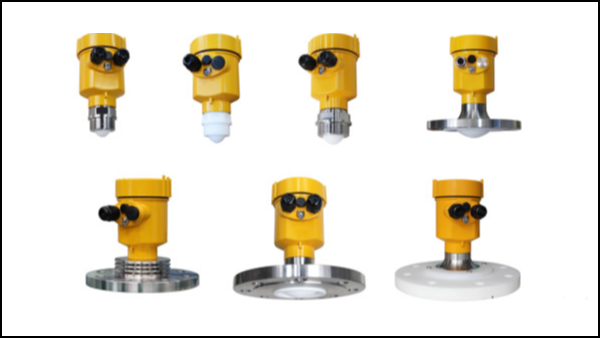In industrial applications, accurate measurement of liquid level is essential for process control and inventory management. Radar level meters are widely used due to their non-contact measurement, high accuracy, and strong adaptability.
However, when the medium is foamy and viscous, its measurement accuracy may be affected. This article aims to explore the performance of radar level meters under such conditions.

Radar level meters measure distance by emitting microwave signals and receiving reflected waves. Under ideal conditions, these signals are reflected directly from the surface of the medium.
However, the presence of foam and viscosity can cause signal scattering and attenuation, which can affect the measurement results.
Foam consists of a large number of air bubbles, which scatter radar waves and reduce the signal strength of the echo. If the foam layer is thick, the radar waves may not penetrate to the surface of the liquid, resulting in high readings or no reading.
In addition, the dynamic changes of the foam can also make the measurement unstable. The surface of the viscous medium may not be flat enough, forming an irregular reflection surface.
This causes the reflection pattern of the radar wave to change, which in turn affects the measurement accuracy.
At the same time, viscous substances may adhere to the surface of the antenna, changing the antenna’s transmission and reception characteristics.

Despite the above challenges, modern radar level meters use a variety of technologies to improve their measurement capabilities in complex conditions.
For example, frequency modulation technology can improve the detection of weak signals. Some devices are also equipped with special software algorithms to identify and compensate for the effects of foam and viscosity.
When selecting a radar level meter for applications with foam and viscous media, the following factors should be considered: lower frequency radar waves can better penetrate foam, but have lower resolution; while high-frequency radar waves have high resolution but are easily affected by foam.
Different types of antennas have different tolerances to foam and viscosity. Proper adjustment of the mounting position can reduce the impact of foam on the measurement. Clean the antenna and recalibrate the device regularly to maintain optimal performance.

The measurement performance of radar level meters is indeed challenged when encountering foamy and viscous media. However, by selecting appropriate equipment configurations, using advanced technology, and proper installation and maintenance measures, the impact of these factors can be minimized to ensure measurement accuracy and reliability.
Therefore, when designing a level measurement system, it is necessary to comprehensively consider medium characteristics, equipment capabilities, and site conditions to achieve the best measurement results.
